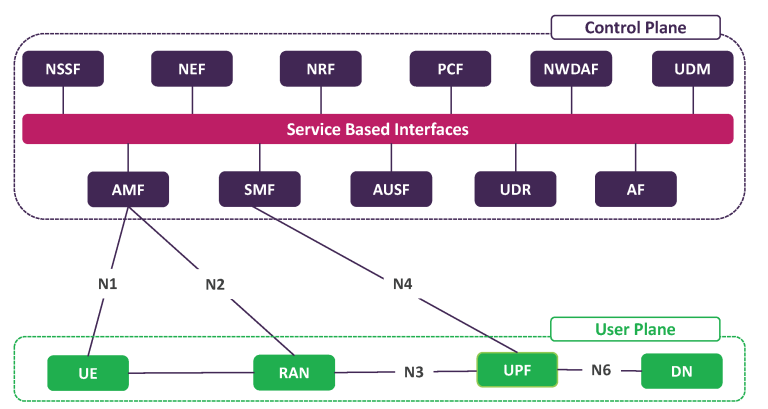Decoding XPR: Cross Polarization Power Ratio Explained
telcomatraining.com – In the world of telecommunications and wireless networks, the term “Cross Polarization Power Ratio” (XPR) holds significant importance. XPR is a concept rooted in signal propagation and antenna technology, playing a critical role in ensuring efficient communication. Whether you’re an engineer, a tech enthusiast, or simply curious about how modern wireless systems work, understanding XPR is essential. This article breaks down XPR in simple terms, explaining its relevance, calculation, and applications.
What is XPR?
XPR, or Cross Polarization Power Ratio, is a measure used to describe the ratio of power between two orthogonal polarization states of an electromagnetic wave. In simpler terms, it helps quantify how much of a signal’s power is transferred between two perpendicular polarization directions. These polarization states could be horizontal and vertical, or left-hand and right-hand circular polarizations, depending on the system in question.
Why Does XPR Matter?
The concept of polarization is crucial in communication systems because it enables efficient spectrum utilization, reduces interference, and enhances signal quality. XPR specifically helps assess how well a communication system separates these polarization states. A higher XPR indicates that most of the signal power remains in the intended polarization, while a lower XPR suggests significant leakage or crosstalk into the unintended polarization.
Understanding XPR is particularly important in the following scenarios:
- MIMO Systems (Multiple Input Multiple Output): In modern wireless systems like 5G, MIMO technology relies on multiple antennas transmitting and receiving signals simultaneously. Polarization diversity, supported by a good XPR, ensures higher data rates and improved reliability.
- Satellite Communication: XPR plays a key role in satellite links, where different polarization states are often used to separate uplink and downlink signals or multiplex multiple channels.
- Broadcast and Television Antennas: Ensuring minimal cross-polarization interference is vital for high-quality audio and video transmission.
How is XPR Calculated?
The calculation of XPR is relatively straightforward and involves comparing the power levels of the two orthogonal polarization components. Mathematically, it can be expressed as: XPR=10×log10(PintendedPcross) dBXPR = 10 \times \log_{10}\left(\frac{P_{\text{intended}}}{P_{\text{cross}}}\right) \, \text{dB}
Here:
- PintendedP_{\text{intended}} is the power in the intended polarization state.
- PcrossP_{\text{cross}} is the power in the cross-polarization state.
- The result is expressed in decibels (dB).
A high XPR value, typically above 20 dB, indicates excellent polarization purity, where most of the power is concentrated in the desired polarization. Conversely, a low XPR value signals significant cross-polarization leakage.
Factors Affecting XPR
Several factors can influence the XPR of a communication system:
- Antenna Design: The physical structure and material properties of an antenna significantly affect its polarization characteristics. High-quality antennas are designed to minimize cross-polarization.
- Propagation Environment: Natural factors like rain, snow, and multipath reflections can alter the polarization of a signal during transmission, affecting XPR.
- Frequency Band: The XPR performance can vary across different frequency ranges due to changes in propagation characteristics.
- System Alignment: Misalignment between transmitting and receiving antennas can lead to reduced XPR and degraded signal quality.
Applications of XPR
- Wireless Networks: In cellular networks, achieving a high XPR ensures better signal integrity and minimizes interference between adjacent channels.
- Radar Systems: Radar applications often rely on polarization to distinguish between different types of targets, making XPR critical for accurate target identification.
- Remote Sensing: In applications like satellite imaging and weather monitoring, understanding and optimizing XPR helps improve data accuracy and reliability.
- Broadcasting: Radio and television broadcasting systems use polarization techniques to deliver high-quality content without interference.
Improving XPR in Communication Systems
To achieve optimal XPR performance, engineers focus on several aspects:
- Optimized Antenna Design: Antennas with high polarization purity are essential. Techniques like using dual-polarized antennas or incorporating advanced materials can enhance XPR.
- Alignment and Calibration: Ensuring precise alignment of transmitting and receiving antennas minimizes cross-polarization interference.
- Environmental Considerations: Using signal processing techniques to counteract the effects of adverse weather conditions can help maintain a high XPR.
- Frequency Planning: Operating within frequency ranges where the propagation environment is favorable for the desired polarization.
Conclusion
The Cross Polarization Power Ratio (XPR) is a vital parameter in the design and optimization of modern communication systems. By understanding and leveraging XPR, engineers can improve the performance, efficiency, and reliability of wireless networks, satellite communications, and broadcasting systems. Whether you’re designing cutting-edge 5G networks or ensuring robust satellite links, a solid grasp of XPR is a cornerstone of success in the telecommunications field.







